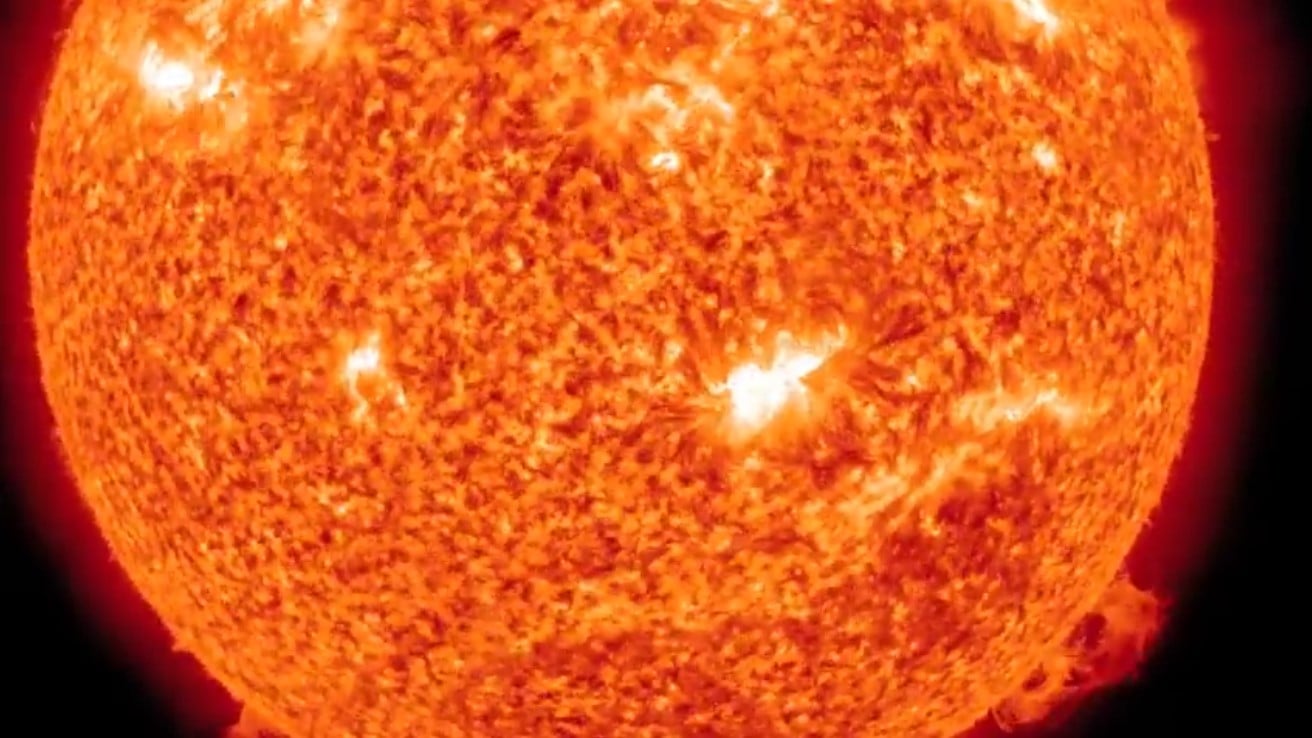A new report from the National Aeronautics and Space Administration (NASA) suggests that we will see a severe solar storm on May 6.
As for what a solar storm means in practical terms, it essentially refers to the fact that the sun has opened its three coronal holes – ejecting a huge amount of cosmic particles towards Earth. The report stated that this rejection of particles would eventually create a geomagnetic storm or solar storm.
The National Oceanic and Atmospheric Administration (NOAA) releases a statement regarding the solar storm on May 6, saying that “NOAA forecasters say G1-class geomagnetic storms are possible when the gaseous material arrives…High latitude sky watchers should be alert for weekend auroras, especially in the southern hemisphere where deepening autumn darkness favours the visibility of Southern Lights.“
While we’ll see the appearance of the Southern Lights, experts believe that the effects of the solar storm on May 6 could be far more serious – suggesting that the solar storm could affect satellite-based technology of the earth and causing a partial Tech blackout. With how reliant some technology is on these satellites, it’s possible that there could be negative consequences on May 6 ranging from a minor inconvenience to outright danger.
A solar storm is also known as a magnetic storm, and is caused by a disturbance from a solar wind shock wave of the Earth’s magnetosphere. Solar storms are classified in five different categories, ranging in severity from relatively mild at G1 to terrible at G5. As mentioned above, the effects of the solar storm on May 6 won’t be too devastating given it’s classification as a G-1 class storm, but we could still certainly feel the effects here on Earth.
The European Union’s Joint Research Centre (JRC) reports that powerful solar storms could negatively affect crucial navigation and control systems across the railway network – driving home how dangerous a severe solar storm could be if the effects aren’t addressed quickly.
With that said, there’s probably not much cause for alarm for the storm happening on May 6. If NOAA is correct in their classification of the storm as a G1 class, ther most we’ll likely deal with is a short interruption in service dependent on satellites that could be negatively affected by the magnetic disruption.
Expect your daily life to not be interrupted too much by the May 6 solar storm, but for industries that are reliant on accurate and constant input from their satellites, events such as a solar storm can pose some major difficulties. Hopefully, with adequate warning, these companies can take the steps necessary to ensure that their services don’t take too much of a hit.
All in all, you shouldn’t be too worried about the May 6 solar storm. While it may cause momentary interruptions, it isn’t nearly bad enough to be a cause of concern. It’s worth being aware of, however, as it allows scientists and other industry professionals to prepare for potential issues.





